Ten years ago today, construction began on the barrier along Hungary's southern border that stopped the flow of migrants—this is the 'original sin' committed by Viktor Orban in the eyes of Brussels bureaucrats, recalled Daniel Deak, lead analyst at the 21st Century Institute, on his social media page.
As is known, in response to increasing illegal migration, the government—based on Viktor Orban’s proposal—ordered the construction of a fence along the Hungary-Serbia and later the Hungary-Croatia borders in the summer and fall of 2015.
While 400 thousand illegal immigrants entered Hungary in 2015, that number dropped dramatically thanks to the border fence and legal border closure measures.
Migration pressure had become an increasingly serious issue starting in 2013: while in that year only two thousand asylum applications were submitted, by 2014 that number rose to 42,777. By mid-May 2015, the Office of Immigration and Nationality had already registered more than 46 thousand new requests.
Meanwhile, the citizenship composition of those entering Hungary changed significantly: in the first months of 2015, most asylum seekers were from Kosovo, but from March onward, the majority began arriving from crisis zones, especially Syria, Afghanistan, and Iraq.
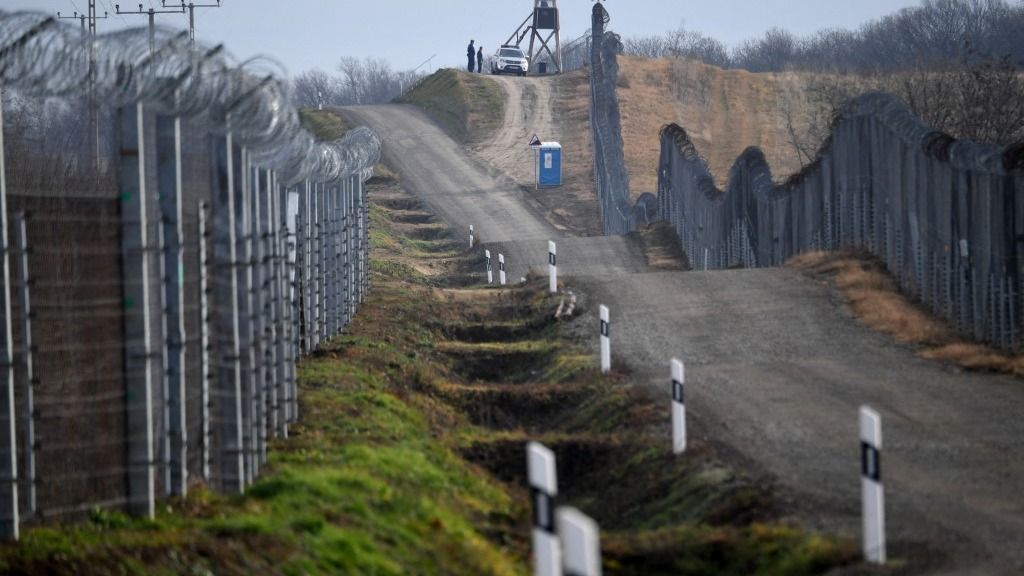
At the beginning of 2015, Prime Minister Viktor Orban, recalling the horrors of the terrorist attack on the Paris office of Charlie Hebdo, stated that Hungary views mass immigration as a source of danger and will do everything possible to prevent economic migration in the future, accepting only political asylum seekers.
As the migration crisis deepened, the government decided at the end of April 2015 to launch a broad national consultation on immigration. A few weeks later, the cabinet also decided that a public information campaign would launch in June alongside the consultation. On June 12, Prime Minister Viktor Orban announced that they were considering the option of a full physical border closure.
In response to the untenable situation, with 1,500 to 2,000 illegal immigrants crossing daily from Serbia, the government decided on June 17 to seal the green border along the Hungary-Serbia section, redirecting migrants toward official entry points. This followed the example of border controls along the Greece-Turkiye, Bulgaria-Turkiye, and Latvia-Russia borders.
Construction work began on July 13, 2015, with the original deadline set for November 30 of that year.
However, on July 25, at the Balvanyos Summer Free University, Viktor Orban announced that the border fence would be completed by August 31. To speed up construction, the team of 3,800 soldiers was supplemented with public workers.
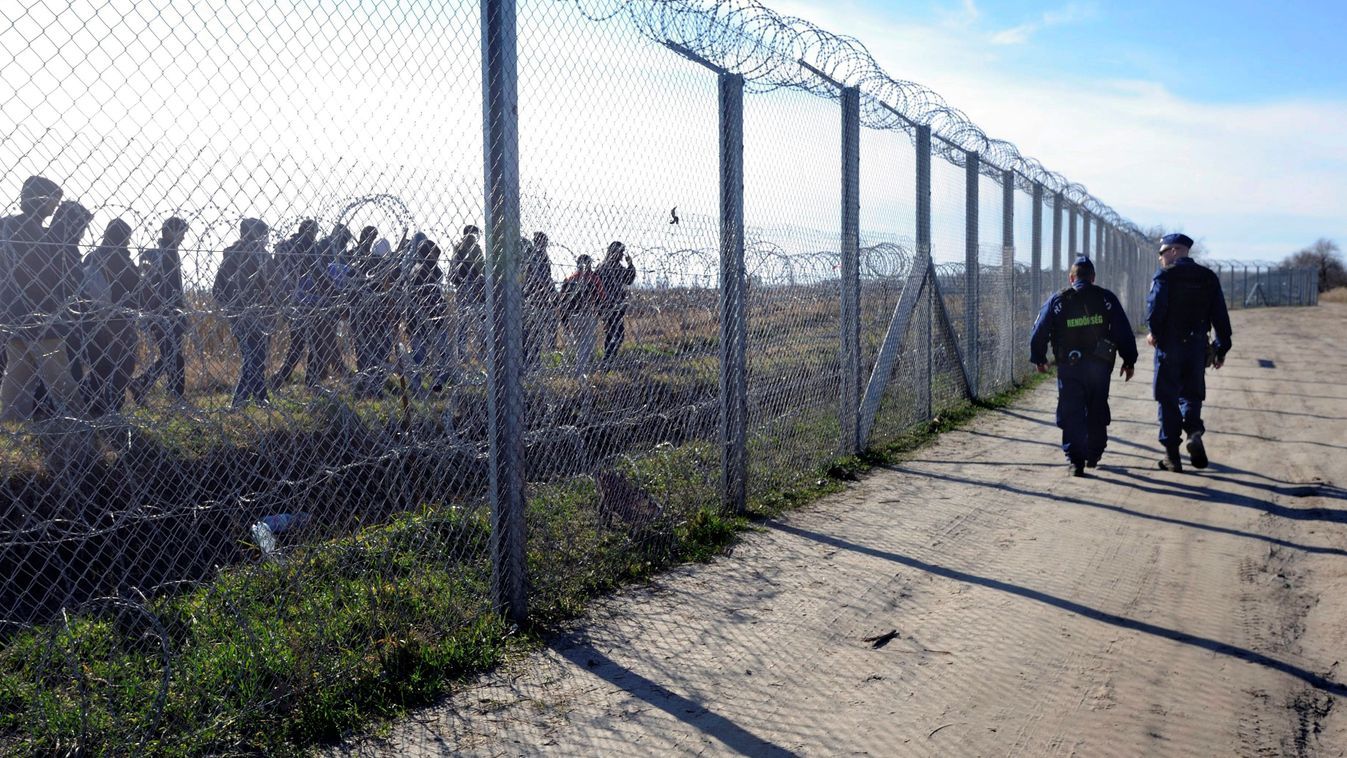
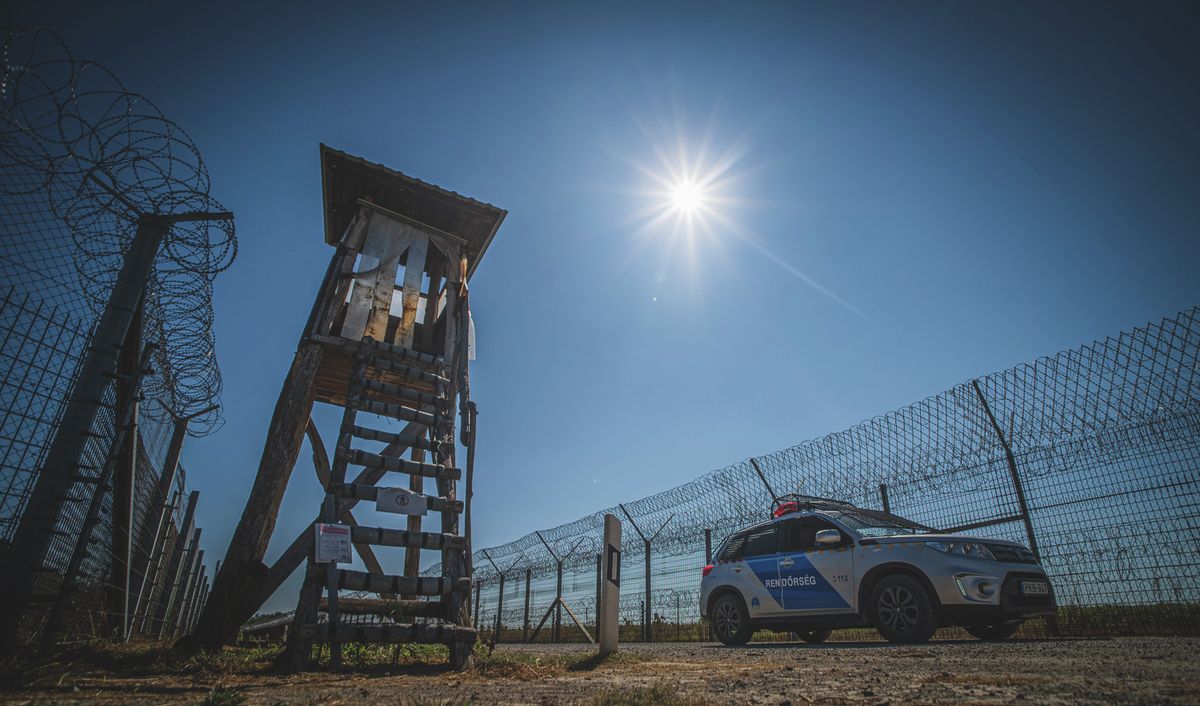

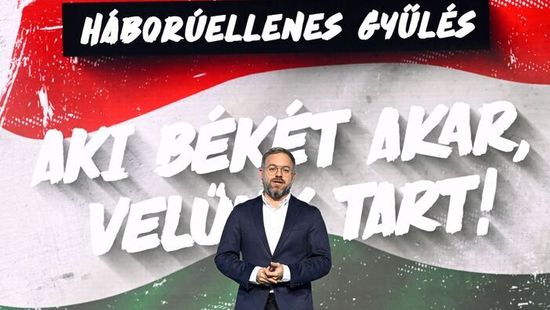
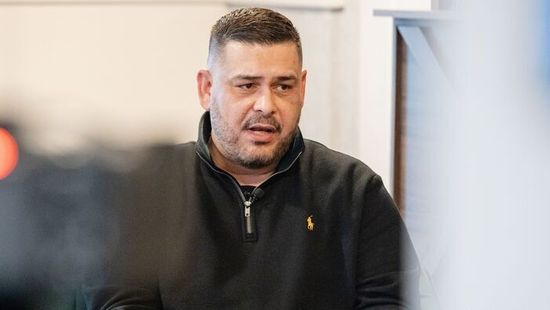
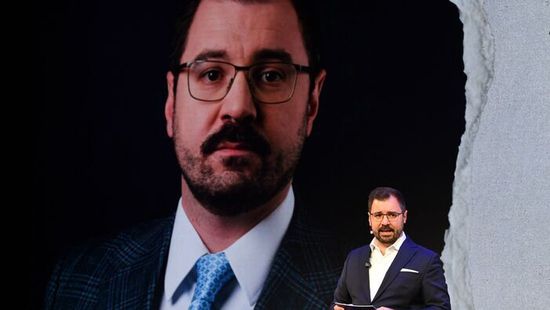

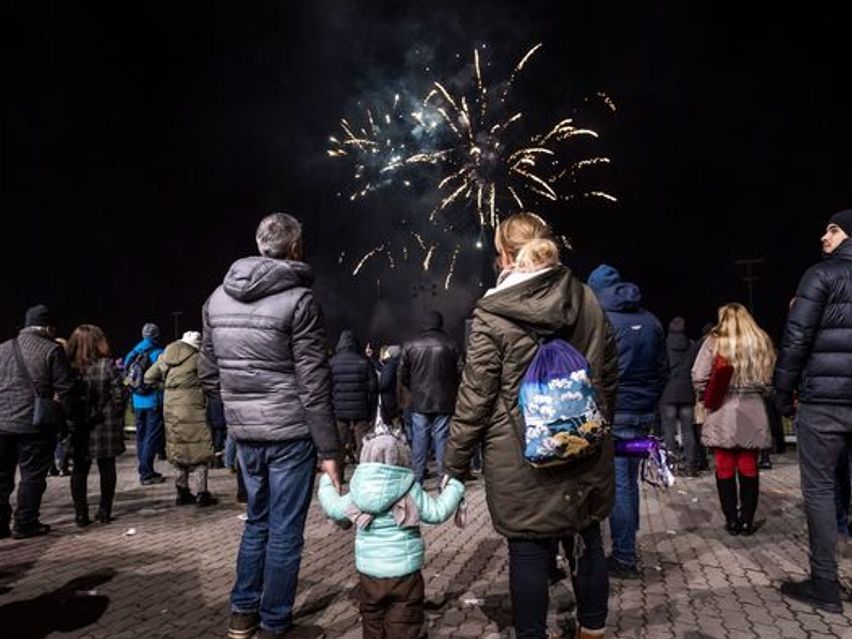
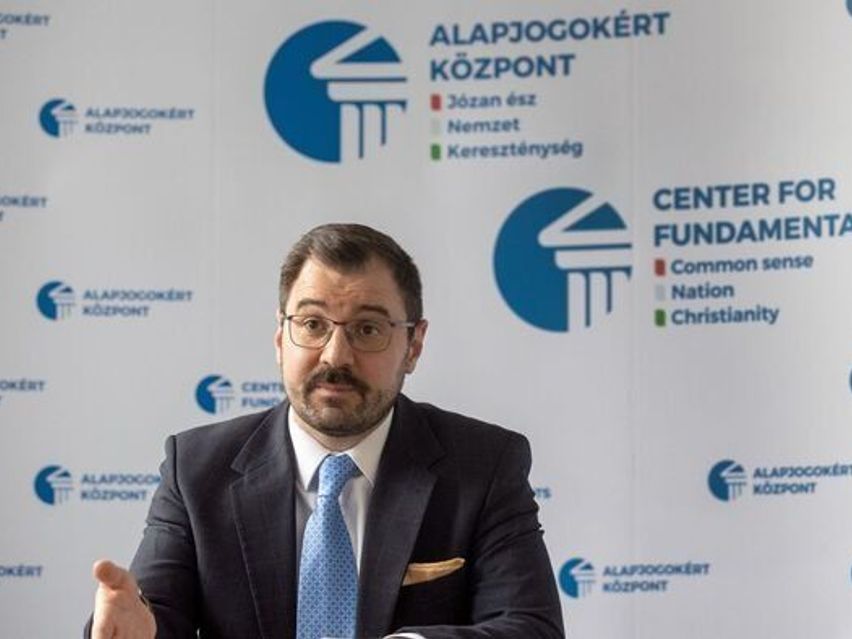



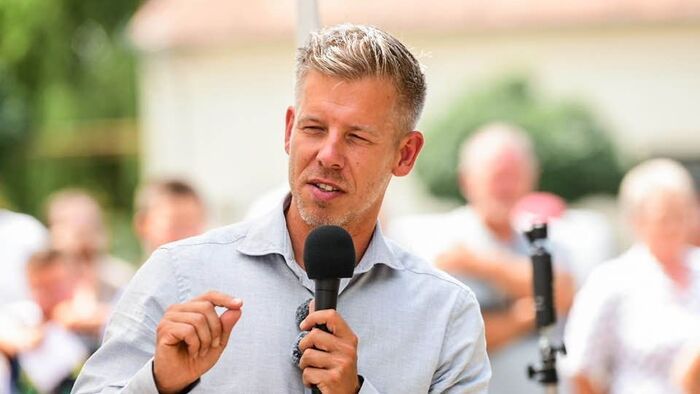
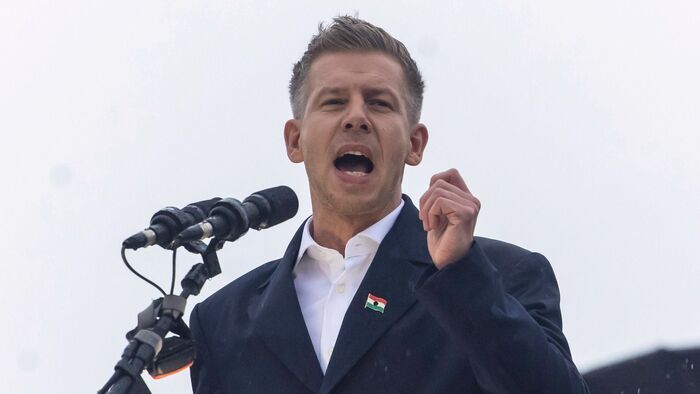
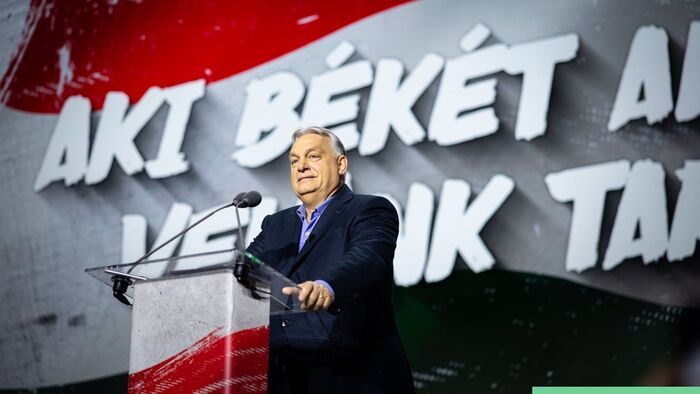
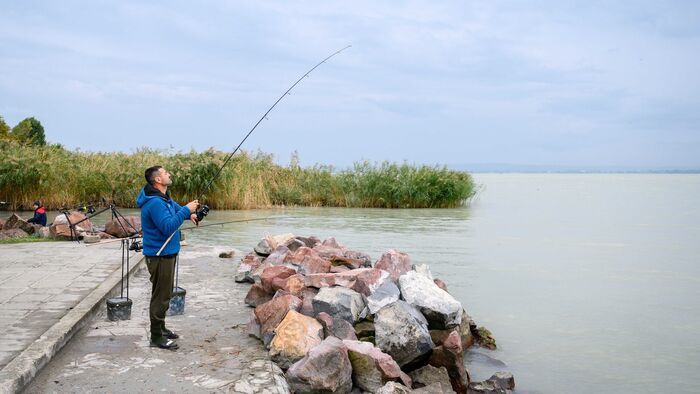
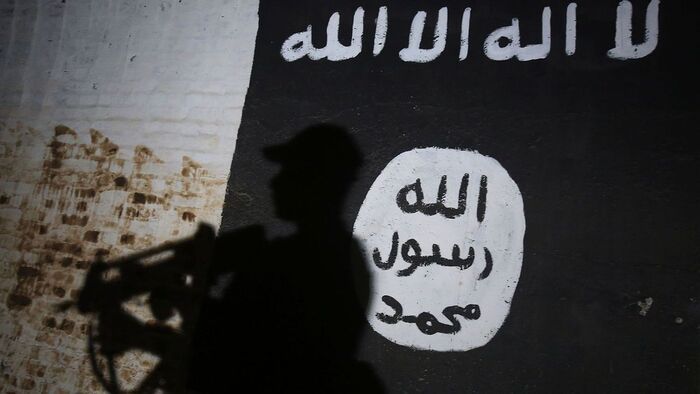
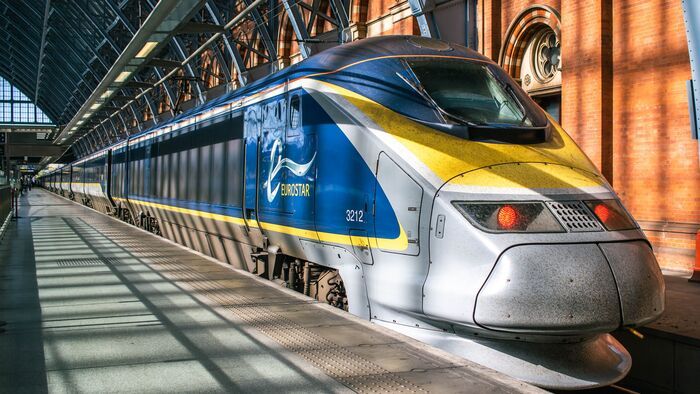



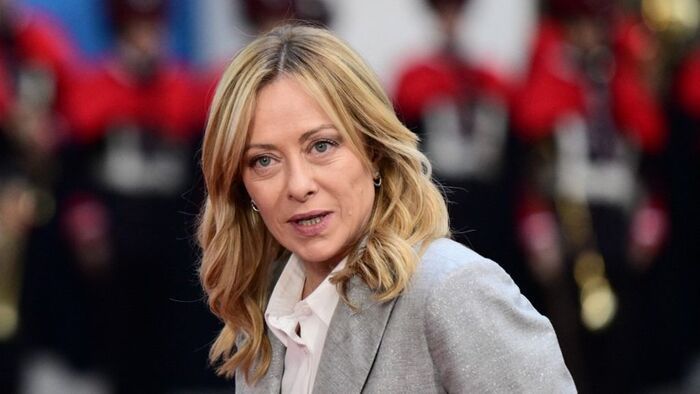


Szóljon hozzá!
Jelenleg csak a hozzászólások egy kis részét látja. Hozzászóláshoz és a további kommentek megtekintéséhez lépjen be, vagy regisztráljon!